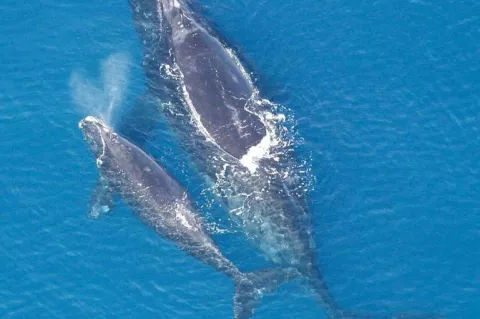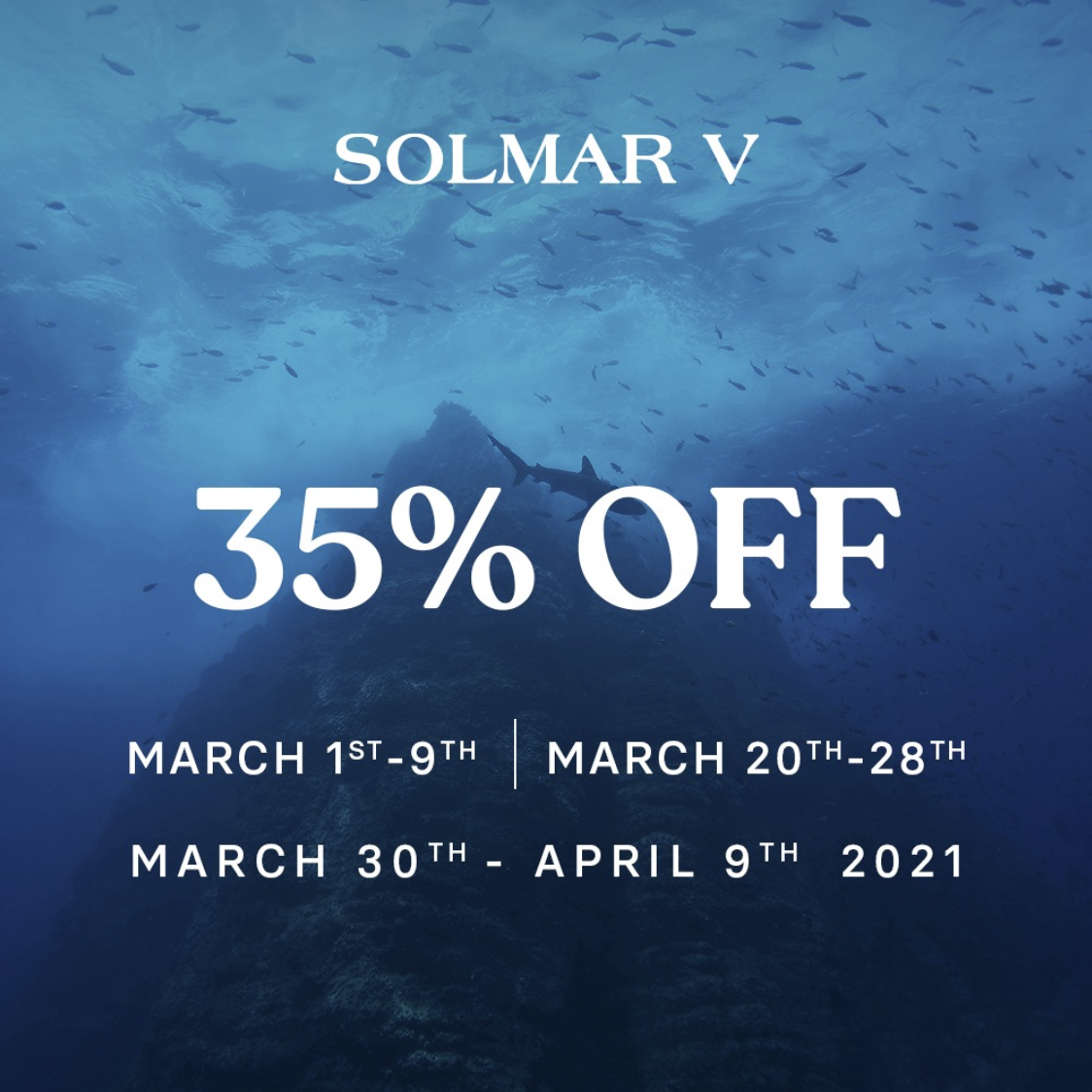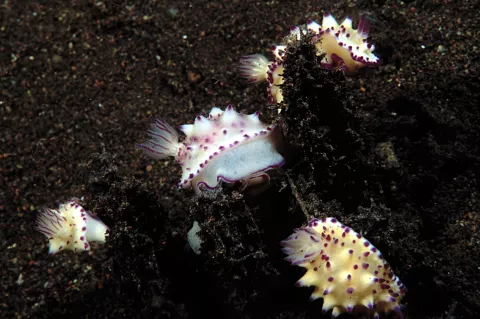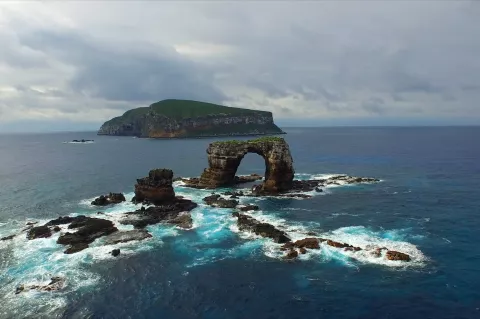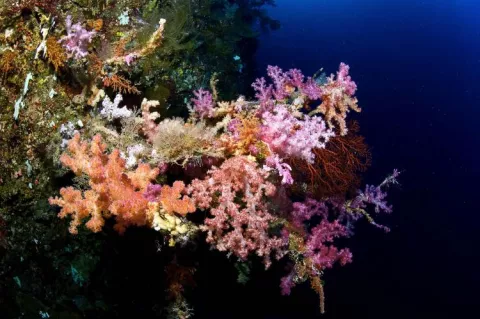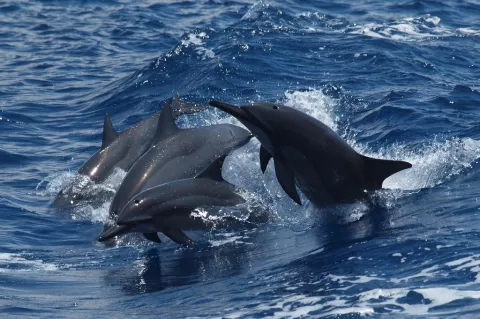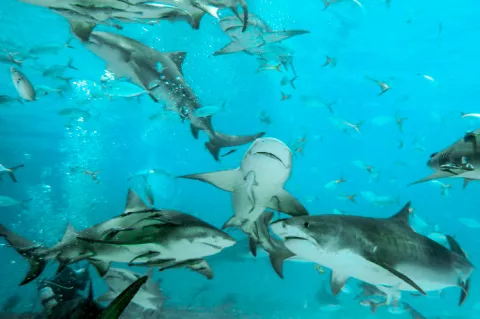Two newborn whale calves spotted in US waters
Currently, there are only 400 of these whales left in the wild.
The first calf was seen on December 4, near Cumberland Island, Georgia. Then, on December 7, the second calf was spotted swimming alongside bottlenose dolphins off Vilano Beach, Florida.
- Read more about Two newborn whale calves spotted in US waters
- Log in to post comments

